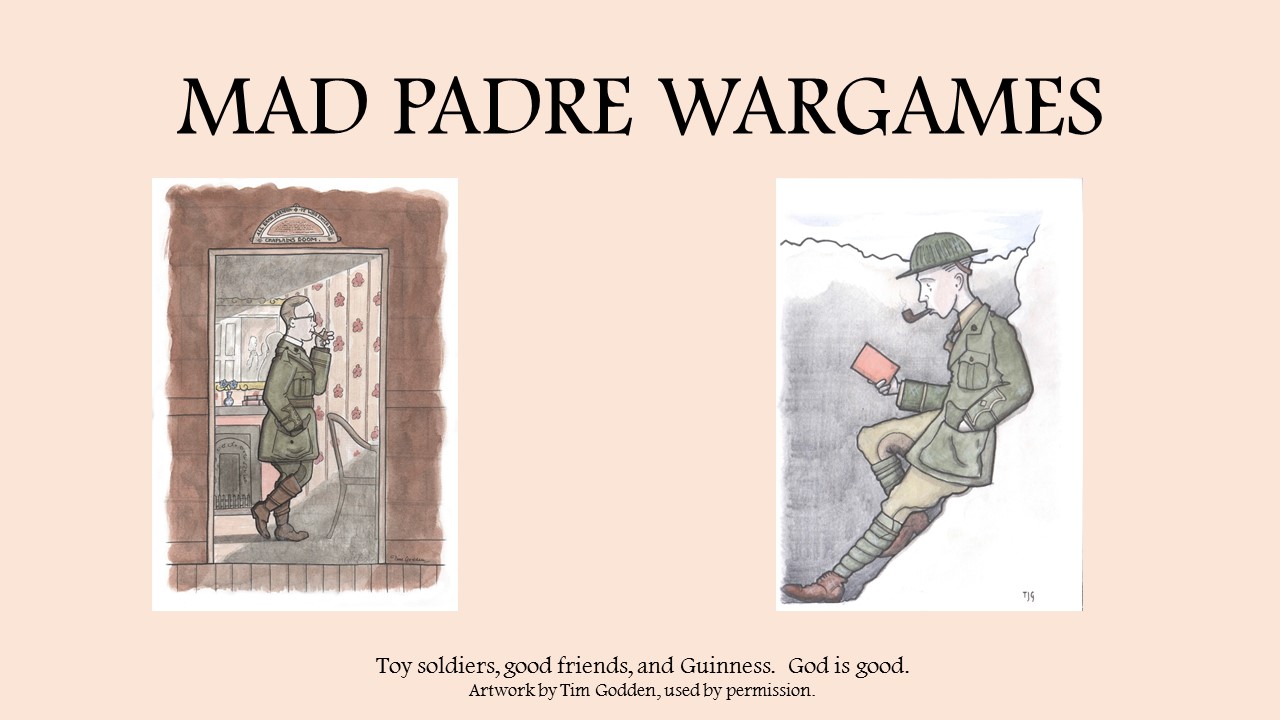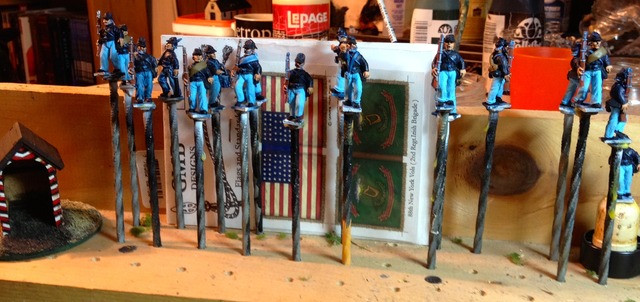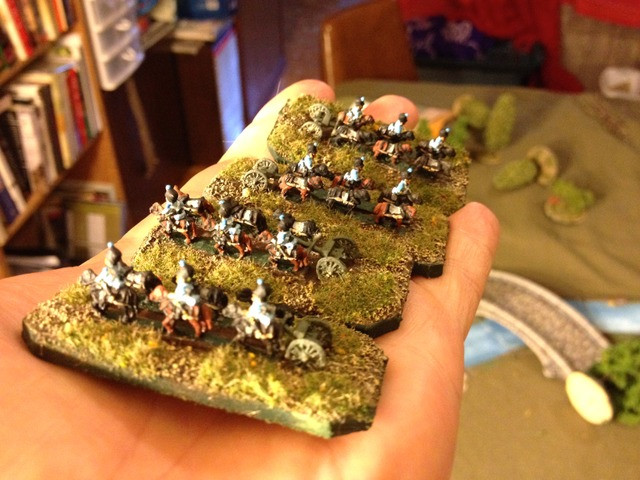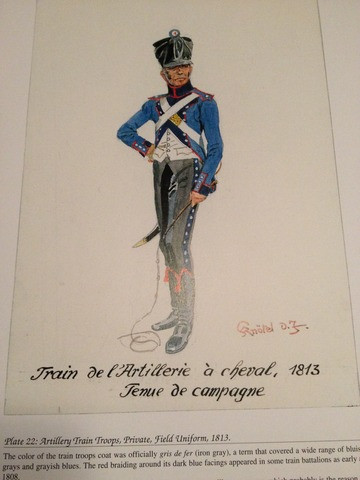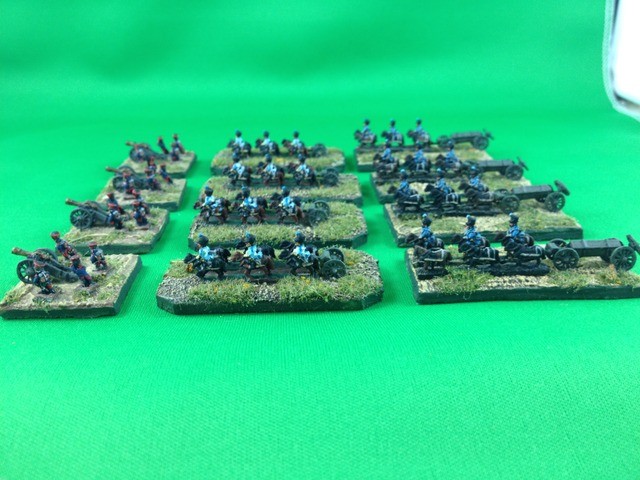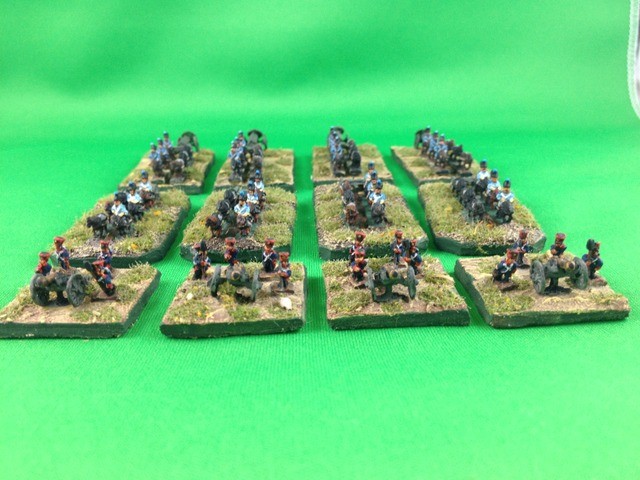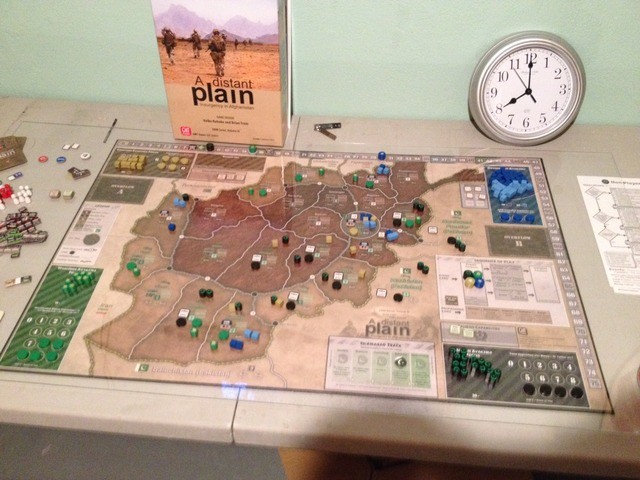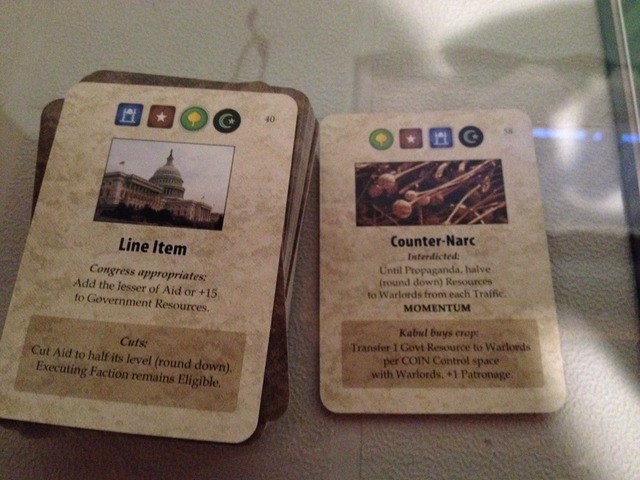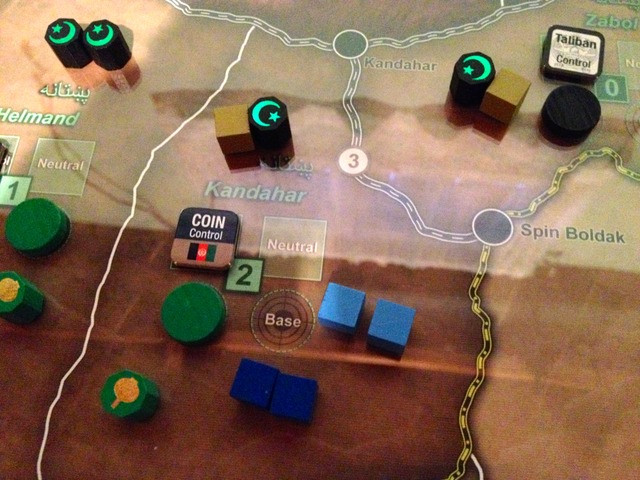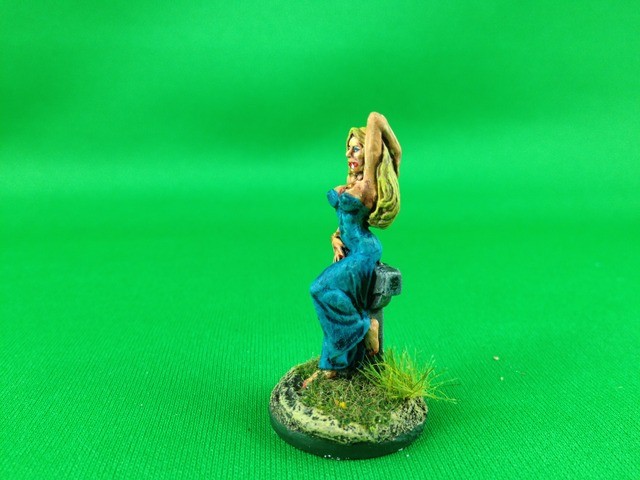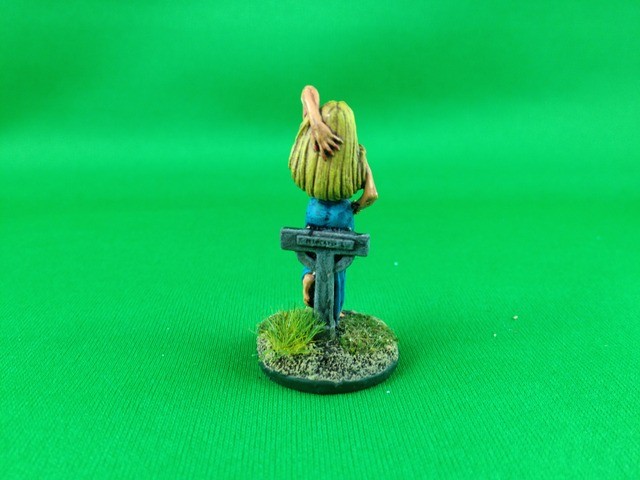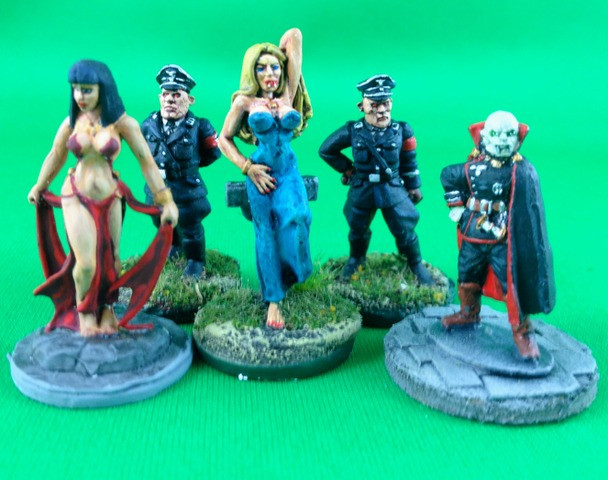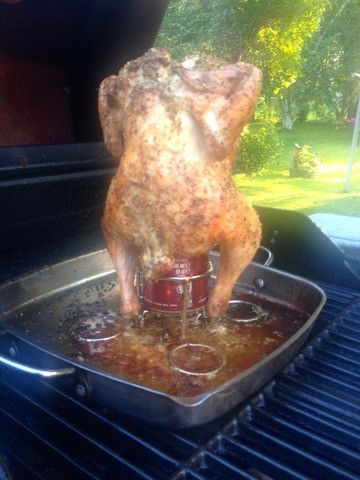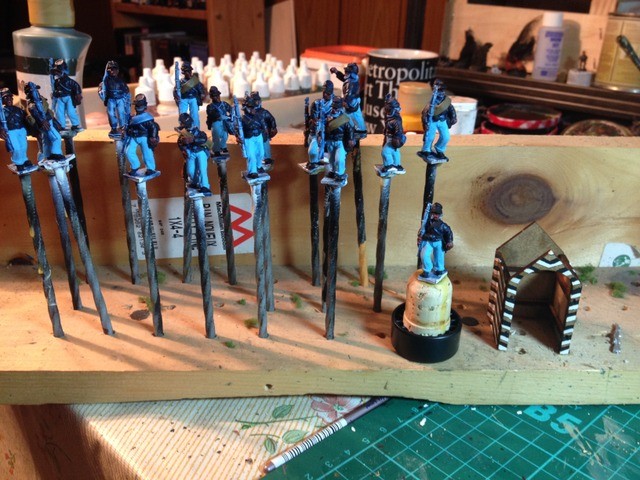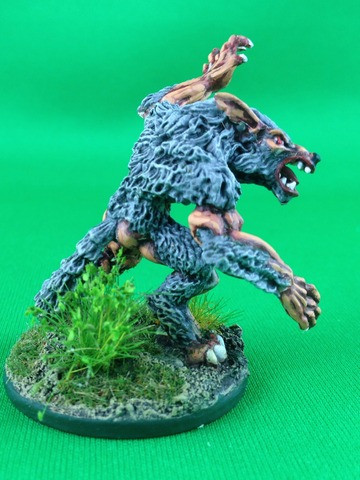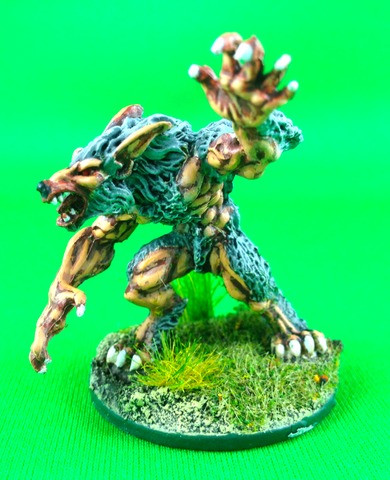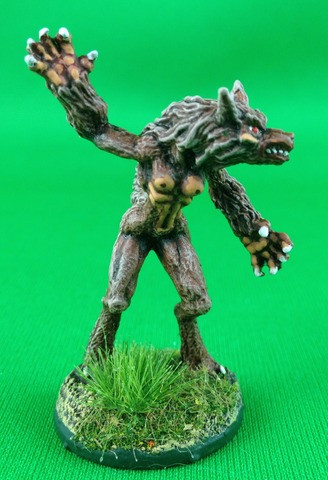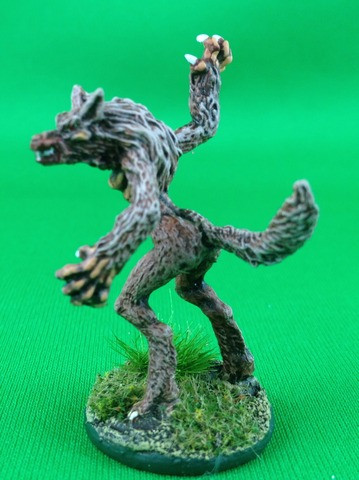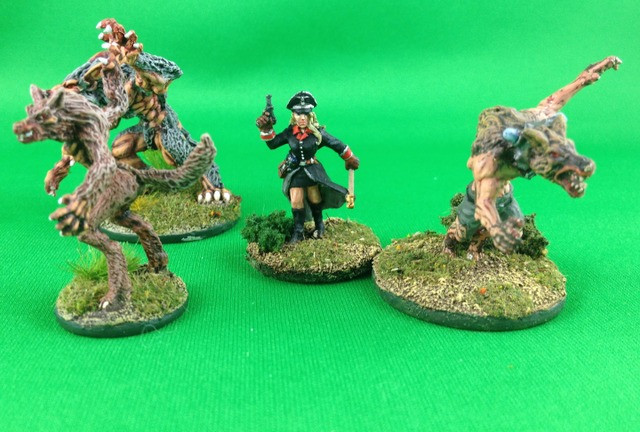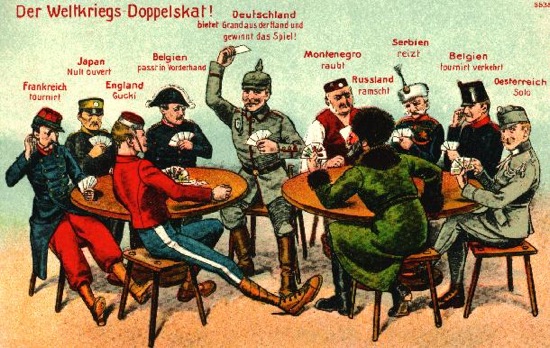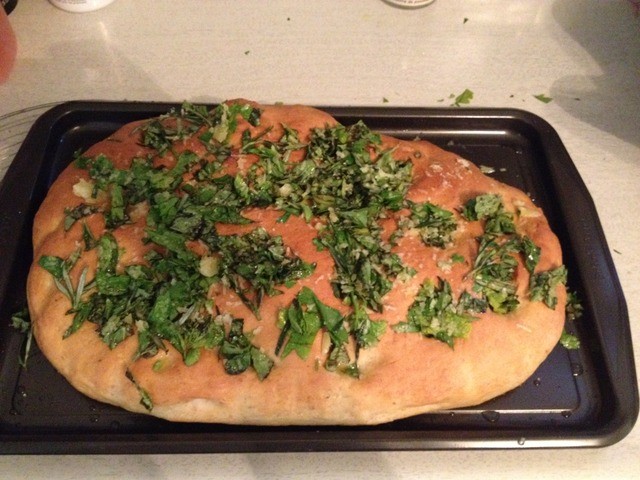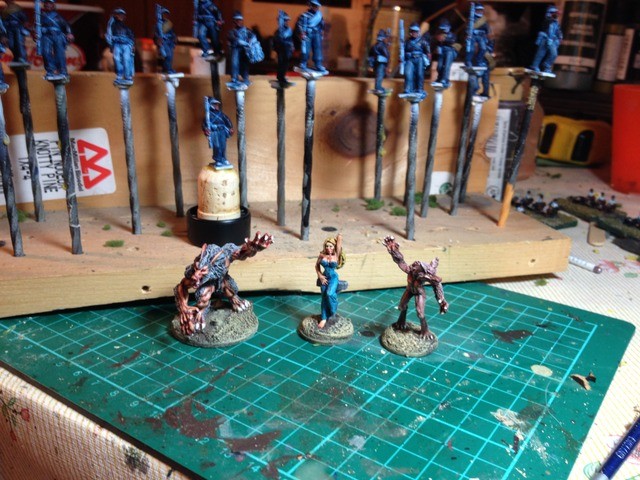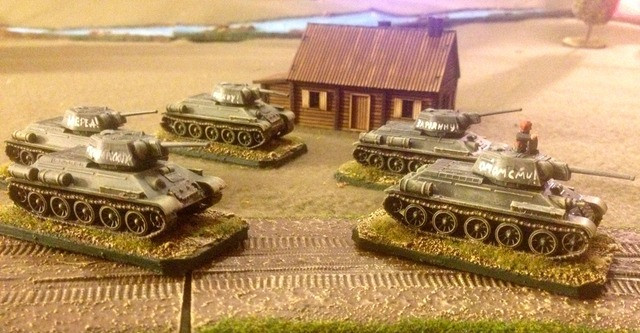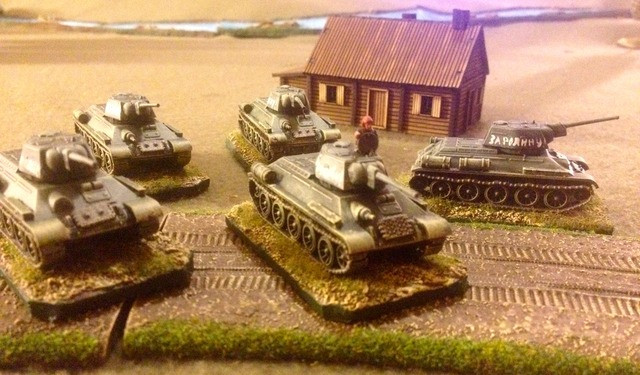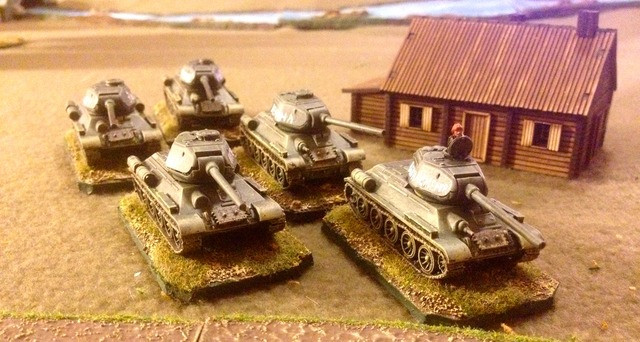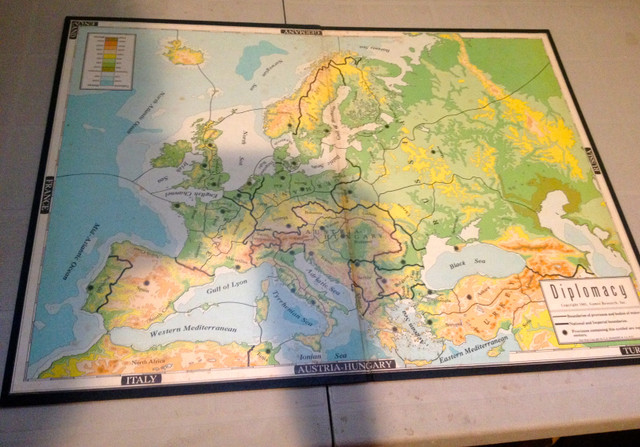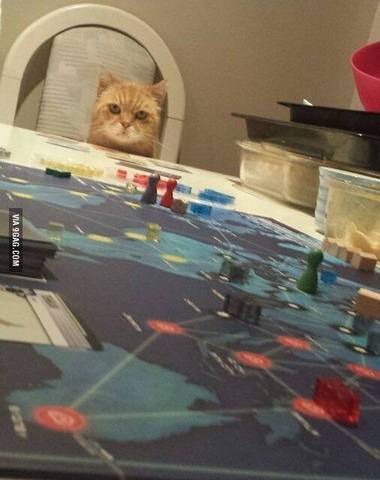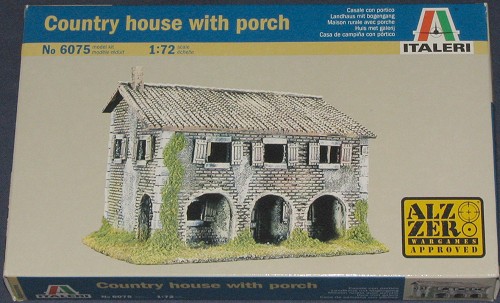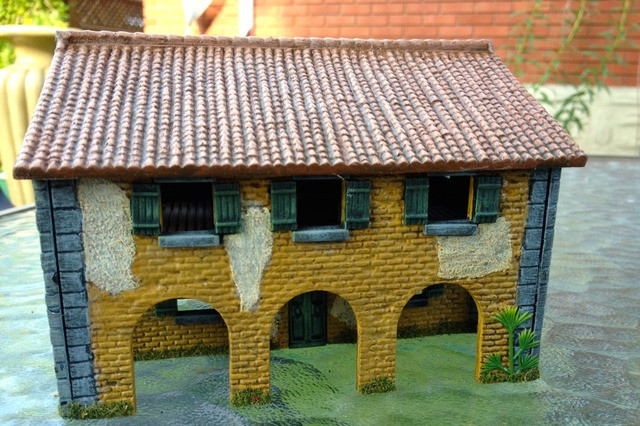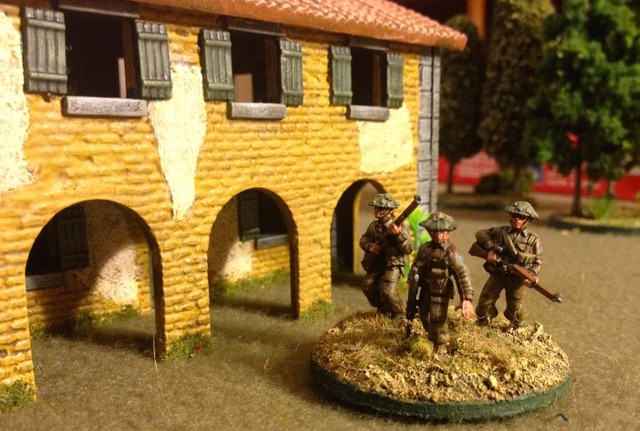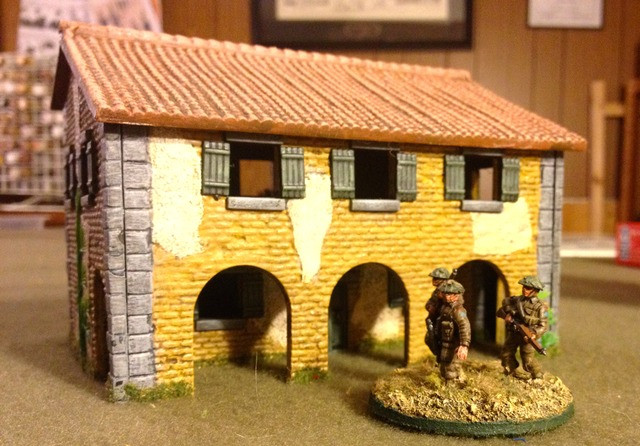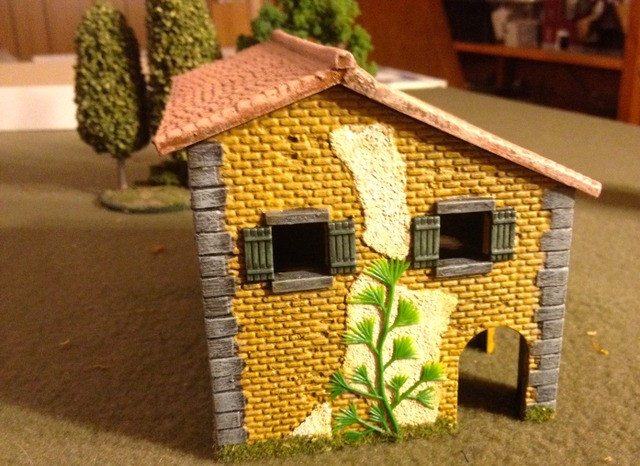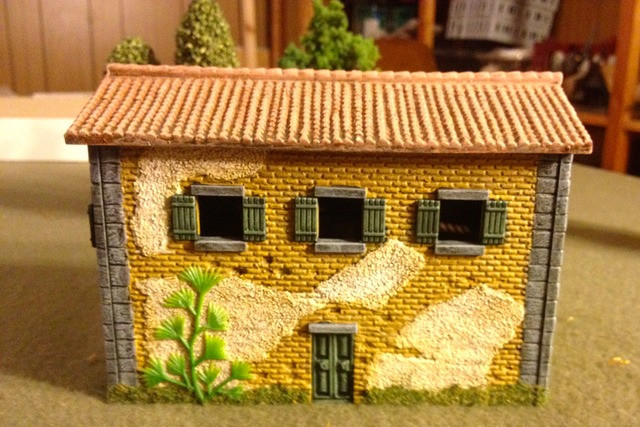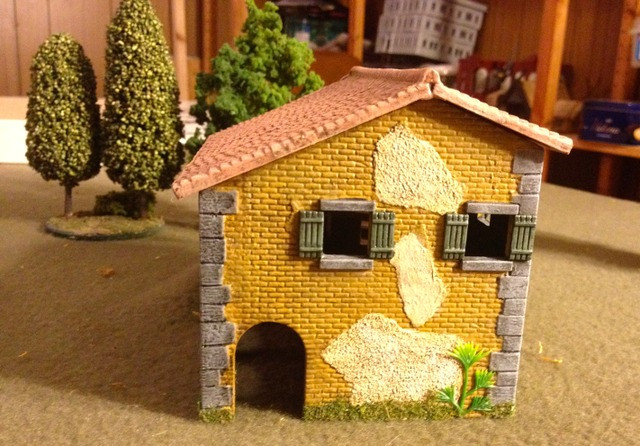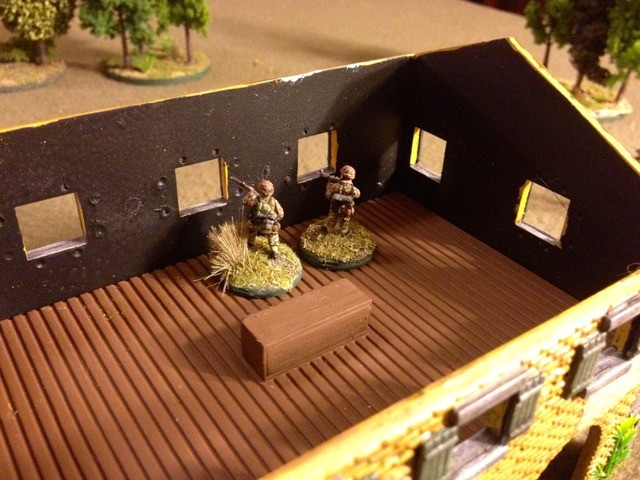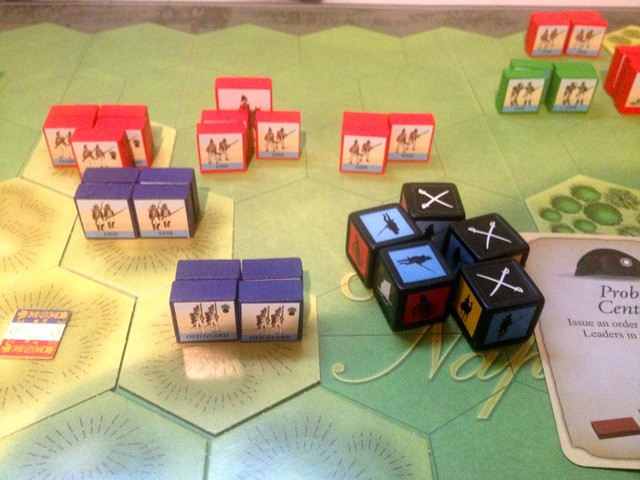Results for Spring, 1901 (Movement)
General Notices: No retreating units; retreat phase skipped.
Order resolution completed on 31-Aug-2014 at 12:14:40 EDT
From the Daily Dissembler’s European correspondent.
Following a winter full of warm professions of peace and good will between the Crowned Heads of Europe, the movement of forces at the start of the campaigning season suggest that peace is not on anyone’s mind.
Of greatest interest to our readers will be news of a large clash between the Black Sea fleets of the Russian and Ottoman Empires. Reports from fishermen who witnessed the battle suggest that the two fleets approached each other and suddenly began exchanging salvos for at least a half hour, until both lines of battle turned and headed for their respective ports. Loss of life and ships in the battle is unknown at this time. The Dissembler hopes to have comments from bot courts in due course. Can this skirmish have been the result of a misunderstanding, or will war follow?
A source at the British Foreign Office suggests that elements of the Royal Navy have been sent north to protect British cod trawlers operating in the North and Norwegian Seas, but protect them from whom is the question of the day. It is unknown how the British react to the German High Seas Fleet and Army occupying Denmark. England and Russia appear to be moving on Norway and Sweden respectively to protect their interests.
The massing of armies along Russia’s western border suggests that tensions are rising in the region. It is unknown if the German and Austrian armies in Silesia and Galicia are cooperating.
The presence of Italian soldiers in Tyrolia is certain to cause comment by the German and Austrian emperors. France’s role in this matter is also uncertain, though it’s occupation of Piedmont suggests that Paris has intentions in the region. The absence of French and English naval moves into the English Channel suggests an understanding between the two powers, at least for now.
The Daily Dissembler will endeavour to have comment from Europe’s Crowned Heads in its next issue.
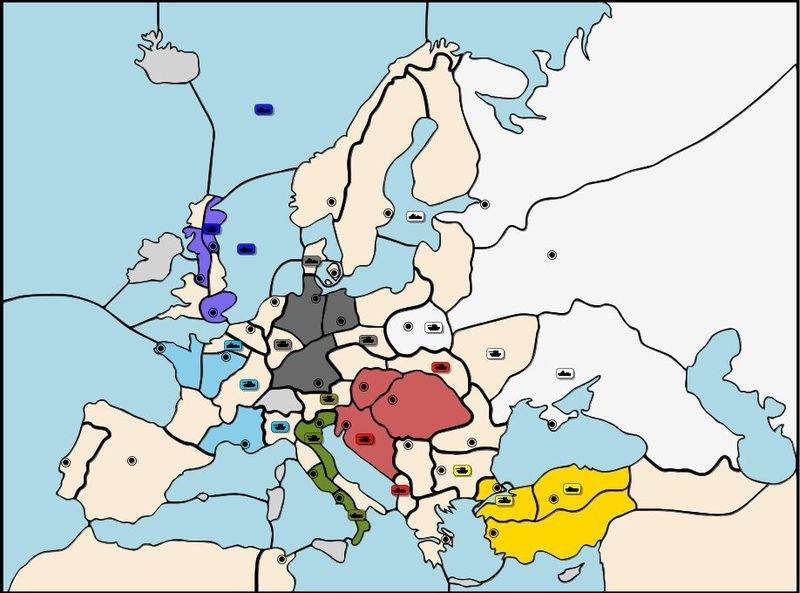
Order Results:
Austria: Austria: A bud -> gal Austria: F tri -> alb Austria: A vie -> tri
England: England: F edi -> nwg England: A lvp -> edi England: F lon -> nth
France: France: F bre -> pic France: A mar -> pie France: A par -> bur
Germany: Germany: A ber -> sil Germany: F kie -> den Germany: A mun -> ruh
Italy: Italy: F nap Holds Italy: A rom -> ven Italy: A ven -> tyr
Russia: Russia: A mos -> ukr Russia: F sev -> bla Bounced with ank (1 against 1). Russia: F stp/sc -> bot Russia: A war Holds
Turkey: Turkey: F ank -> bla Bounced with sev (1 against 1). Turkey: A con -> bul Turkey: A smy -> con
Deadline for next orders is midnight EDT, Saturday, 14 September.
Right, I’m off to have a margarita or three.
MP
